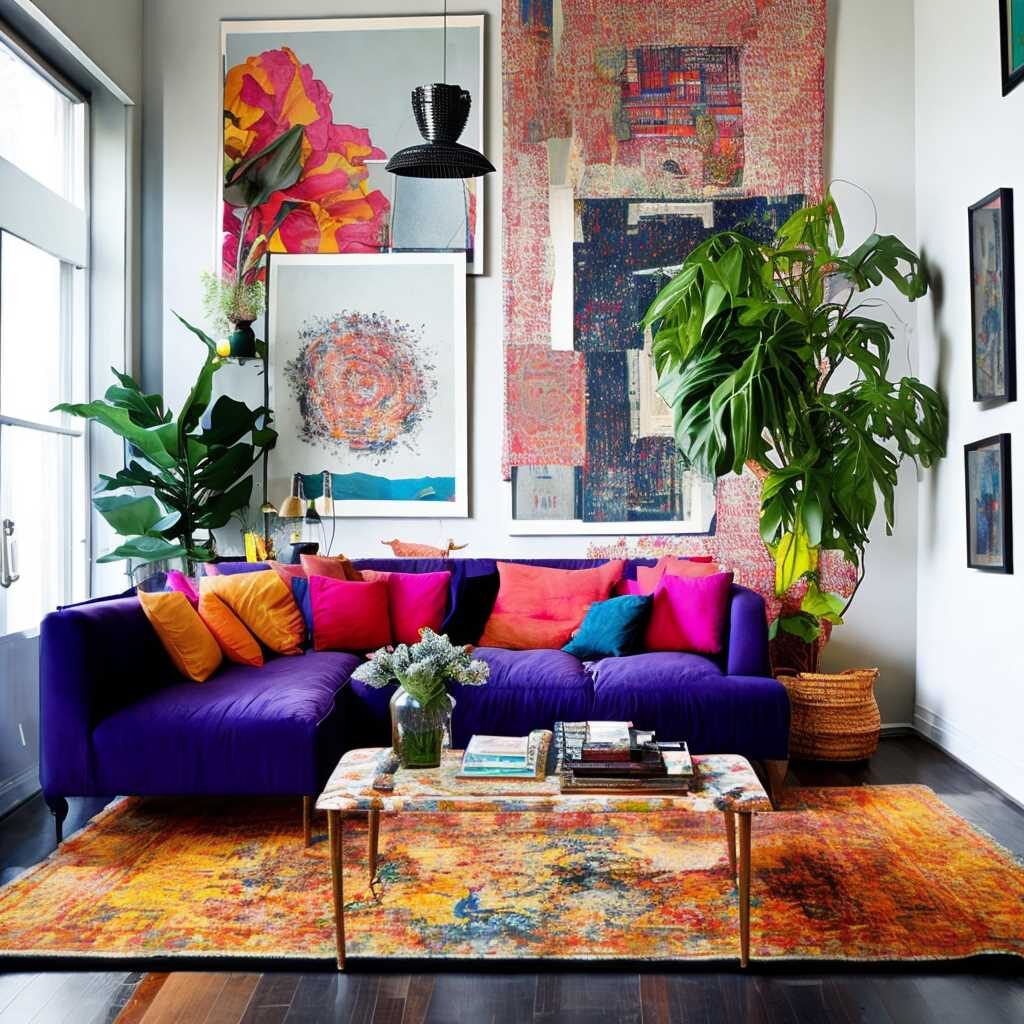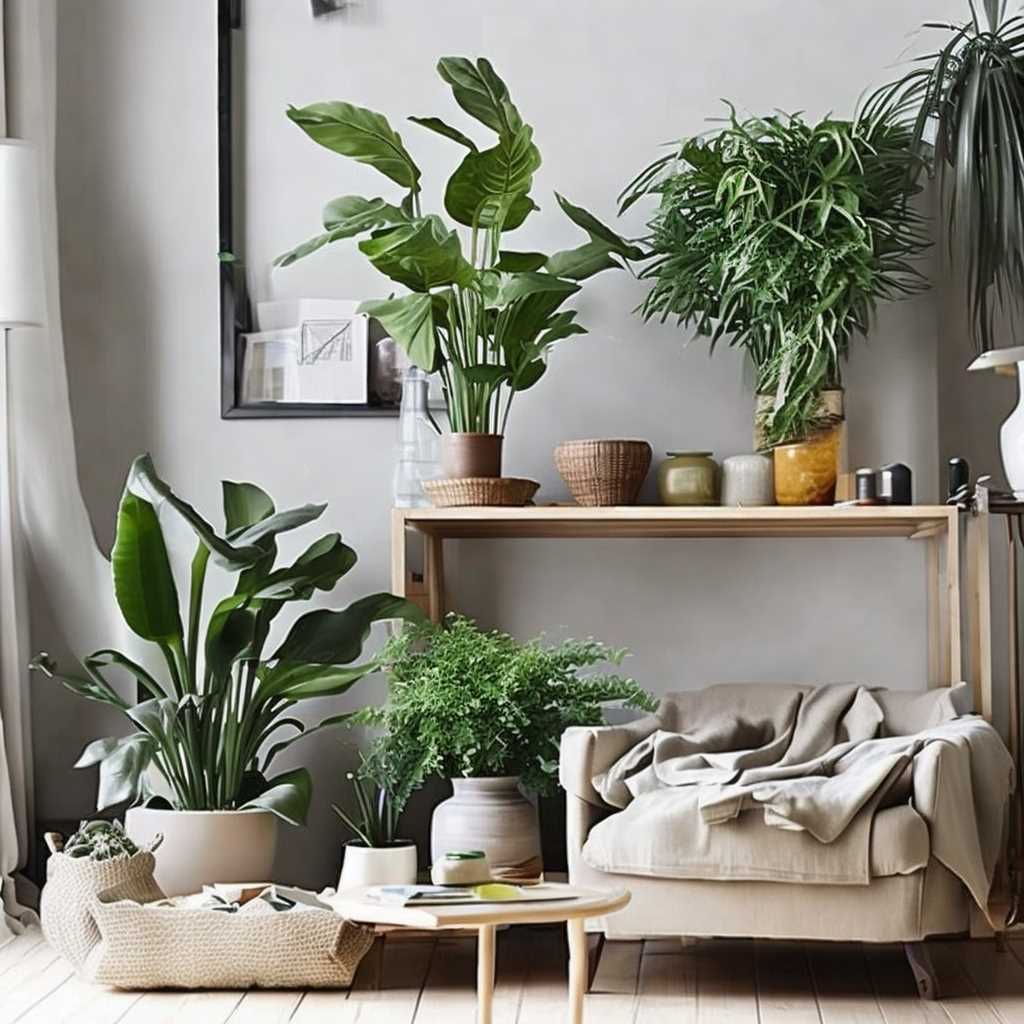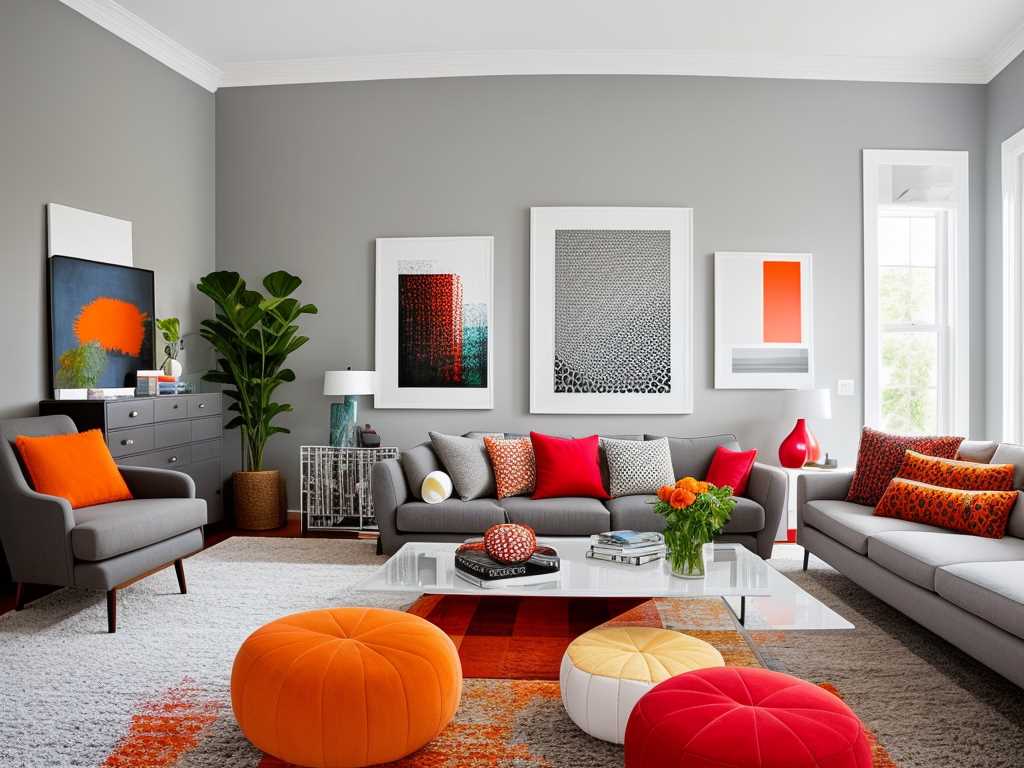
Feng Shui, the ancient Chinese practice of harmonizing one's environment to bring balance and positive energy, has become increasingly popular in recent years. One of the key elements of Feng Shui is the use of plants to enhance the flow of energy, or chi, in a space. In the living room, where we spend much of our time, the arrangement of plants can have a significant impact on the overall energy of the room. Here are some tips on how to arrange plants in your living room to create a harmonious and balanced space.
1. Choose the right plants
Not all plants are created equal when it comes to Feng Shui. Some plants are considered auspicious and can bring good luck and positive energy to a space, while others are believed to have negative energy. Some examples of auspicious plants include the money plant, bamboo, and orchids. Avoid plants with sharp or spiky leaves, such as cacti, as they can create negative energy.
2. Place plants in the right locations
In Feng Shui, the location of a plant is just as important as the plant itself. Plants should be placed in areas where they can thrive and bring positive energy to the space. For example, plants with round leaves, such as the money plant, are believed to bring wealth and prosperity when placed in the southeast corner of the room. Plants with long, narrow leaves, such as bamboo, are best placed in the east or southeast corner of the room to promote growth and abundance.
3. Use plants to balance the elements

Feng Shui is based on the five elements of nature: wood, fire, earth, metal, and water. Each element has its own energy and can bring balance to a space when used in the right way. Plants are associated with the wood element, which represents growth, expansion, and vitality. To balance the wood element, you can combine plants with other elements, such as a metal planter or a water feature.
4. Avoid clutter
While plants can bring positive energy to a space, too many plants can create clutter and disrupt the flow of energy. Choose a few key plants and arrange them in a way that allows them to stand out and enhance the overall energy of the room. Avoid placing plants in areas where they will obstruct the flow of traffic or create a sense of chaos.
5. Keep plants healthy
Plants that are sickly or dying can bring negative energy to a space. Make sure to choose plants that are healthy and thriving, and take care of them properly to keep them that way. Water plants regularly and make sure they are getting enough sunlight. If a plant is struggling, consider moving it to a different location or replacing it with a healthier plant.
6. Use plants to create focal points
Plants can be used to create focal points in a living room, drawing the eye and adding visual interest to the space. Consider placing a tall, dramatic plant in a corner of the room or arranging a group of smaller plants on a coffee table or mantel. Use plants to create a sense of balance and harmony in the room, rather than simply adding them as an afterthought.
7. Mix and match plants

Variety is key when it comes to arranging plants in a living room. Mix and match different types of plants to create a visually interesting display. Consider combining plants with different heights, textures, and colors to create a dynamic and harmonious space. Keep in mind, however, that too much variety can create a sense of chaos, so make sure to balance your choices carefully.
Feng Shui is a powerful tool for creating a harmonious and balanced living space. By carefully arranging plants in your living room, you can enhance the flow of positive energy and create a sense of peace and tranquility. Remember to choose the right plants, place them in the right locations, and use them to balance the elements and create focal points. With a little bit of thought and effort, you can create a living room that is not only beautiful but also energizing and uplifting.


